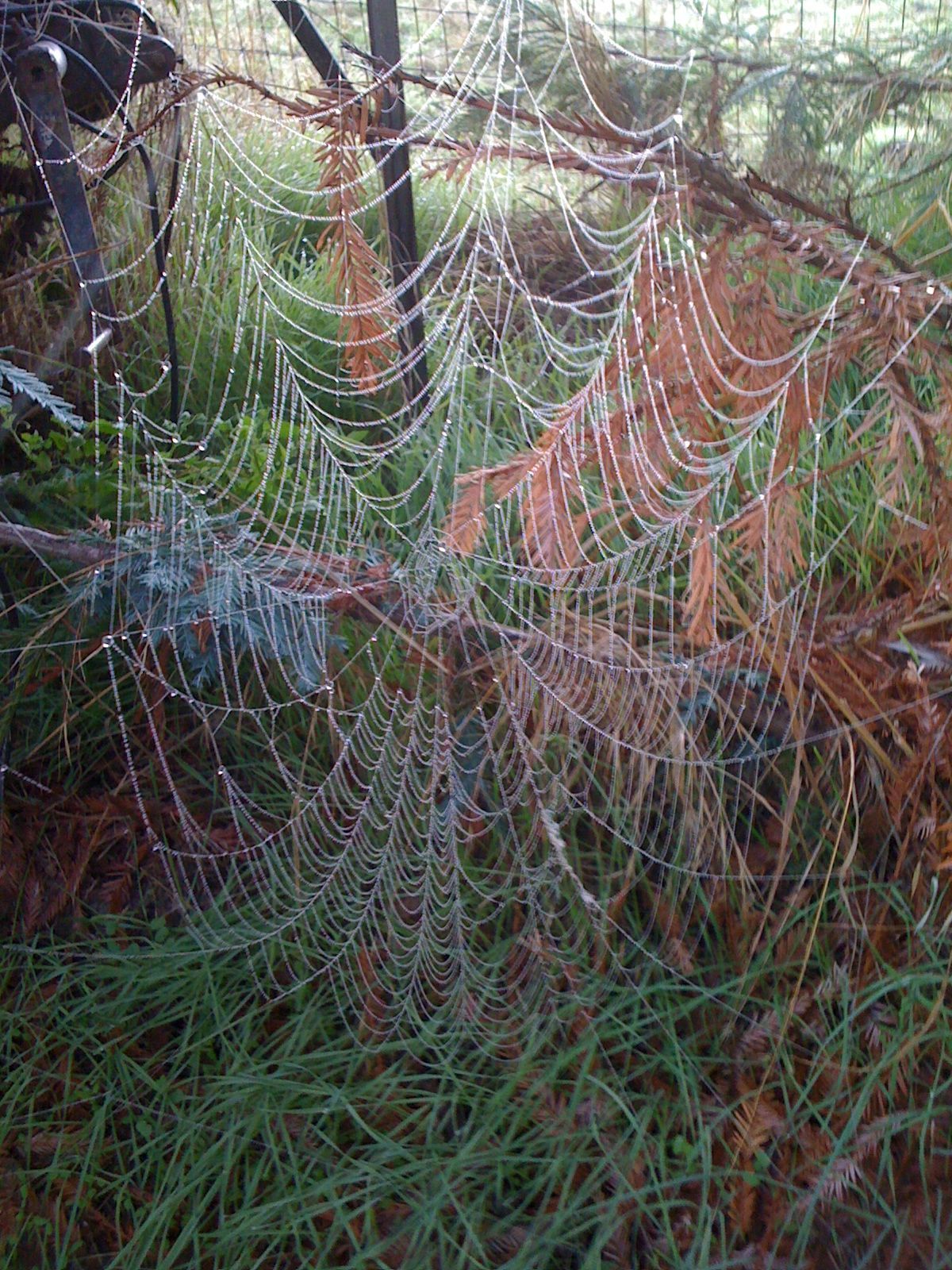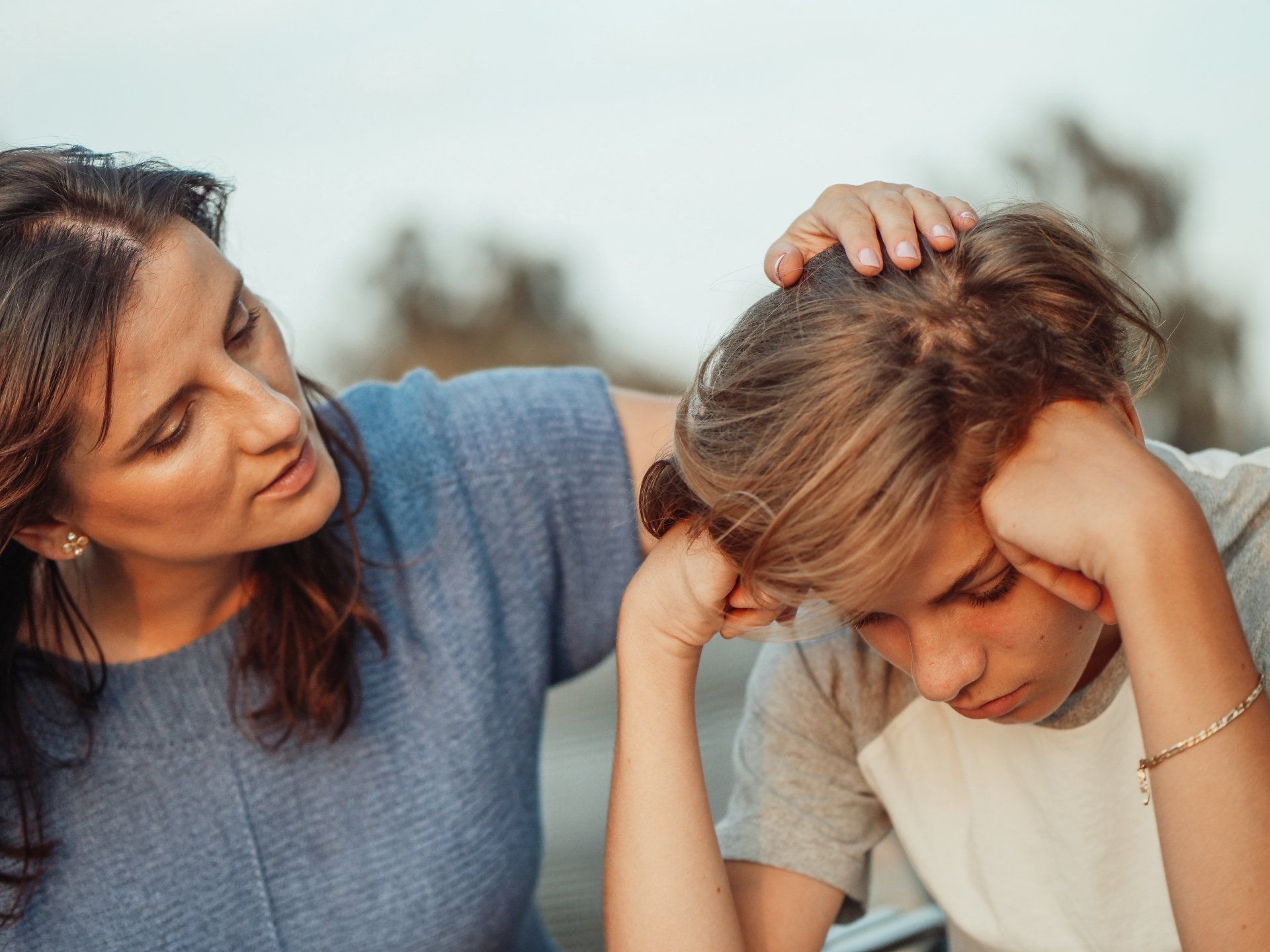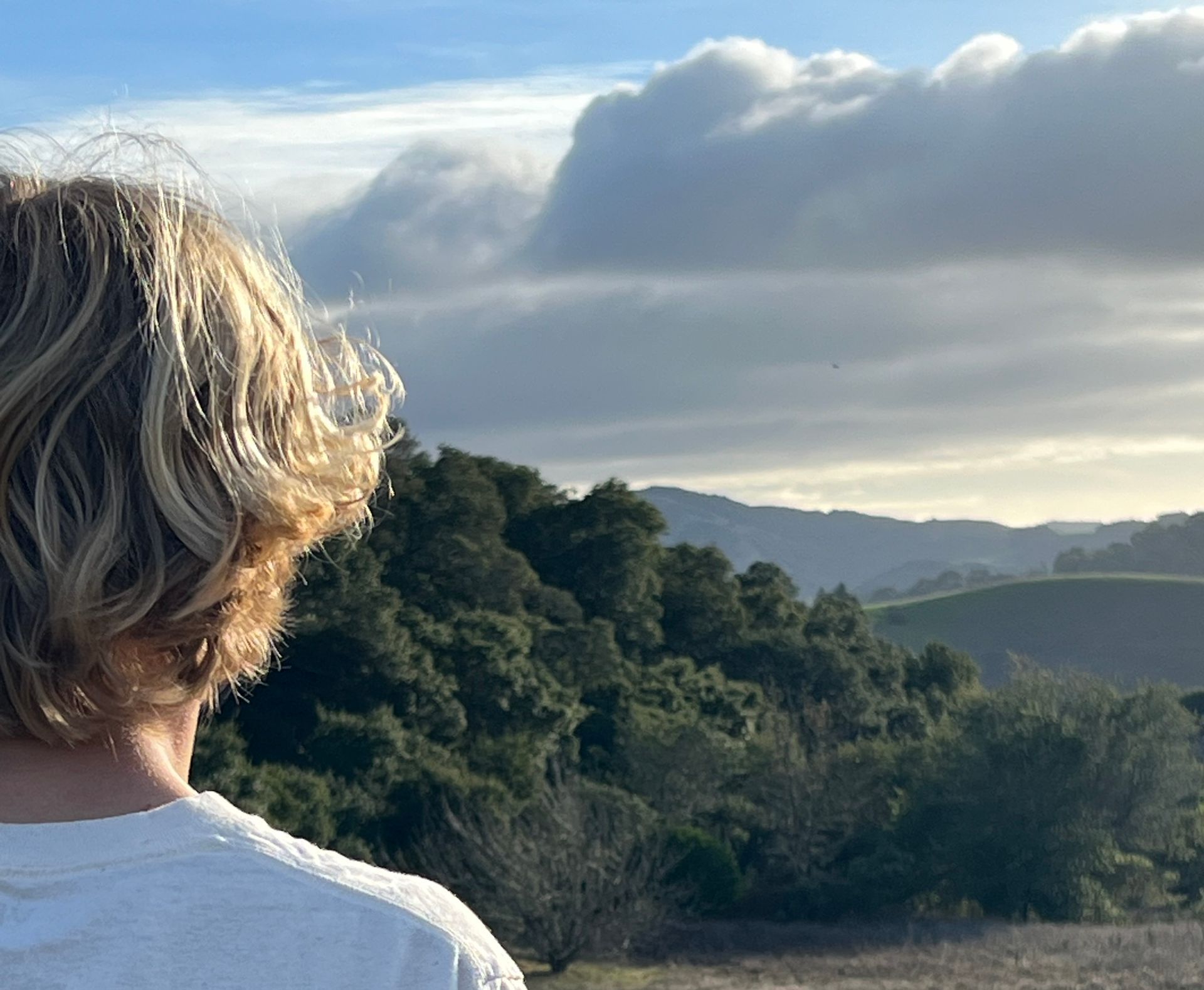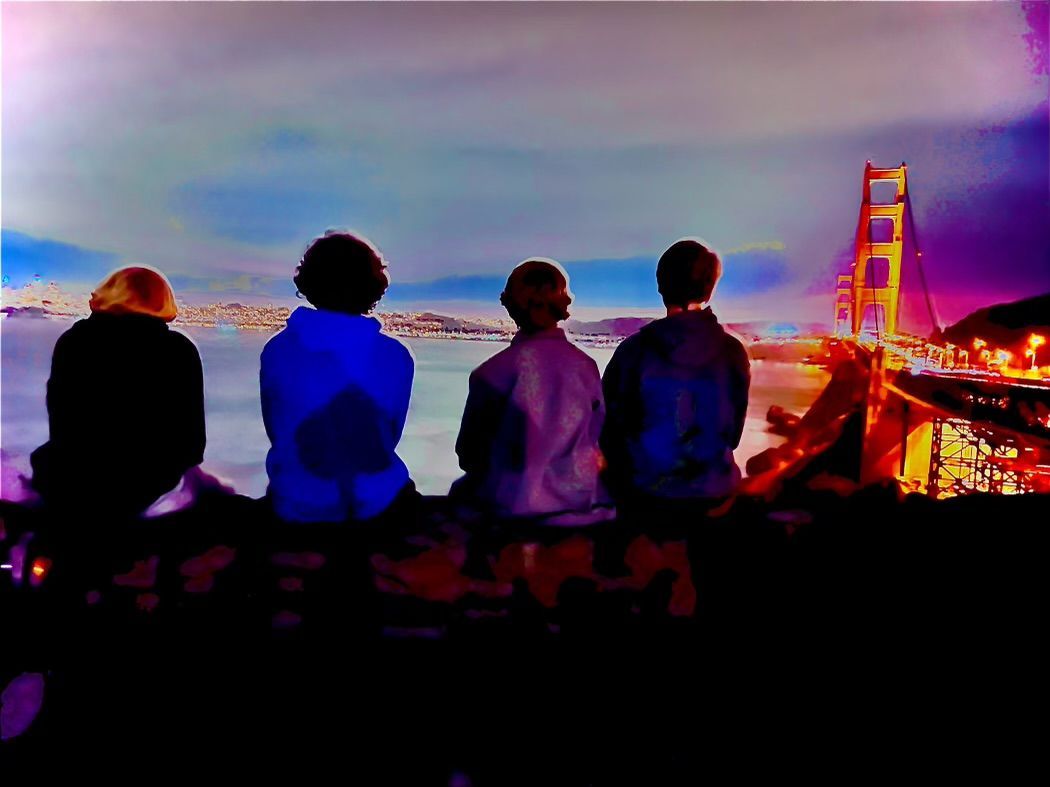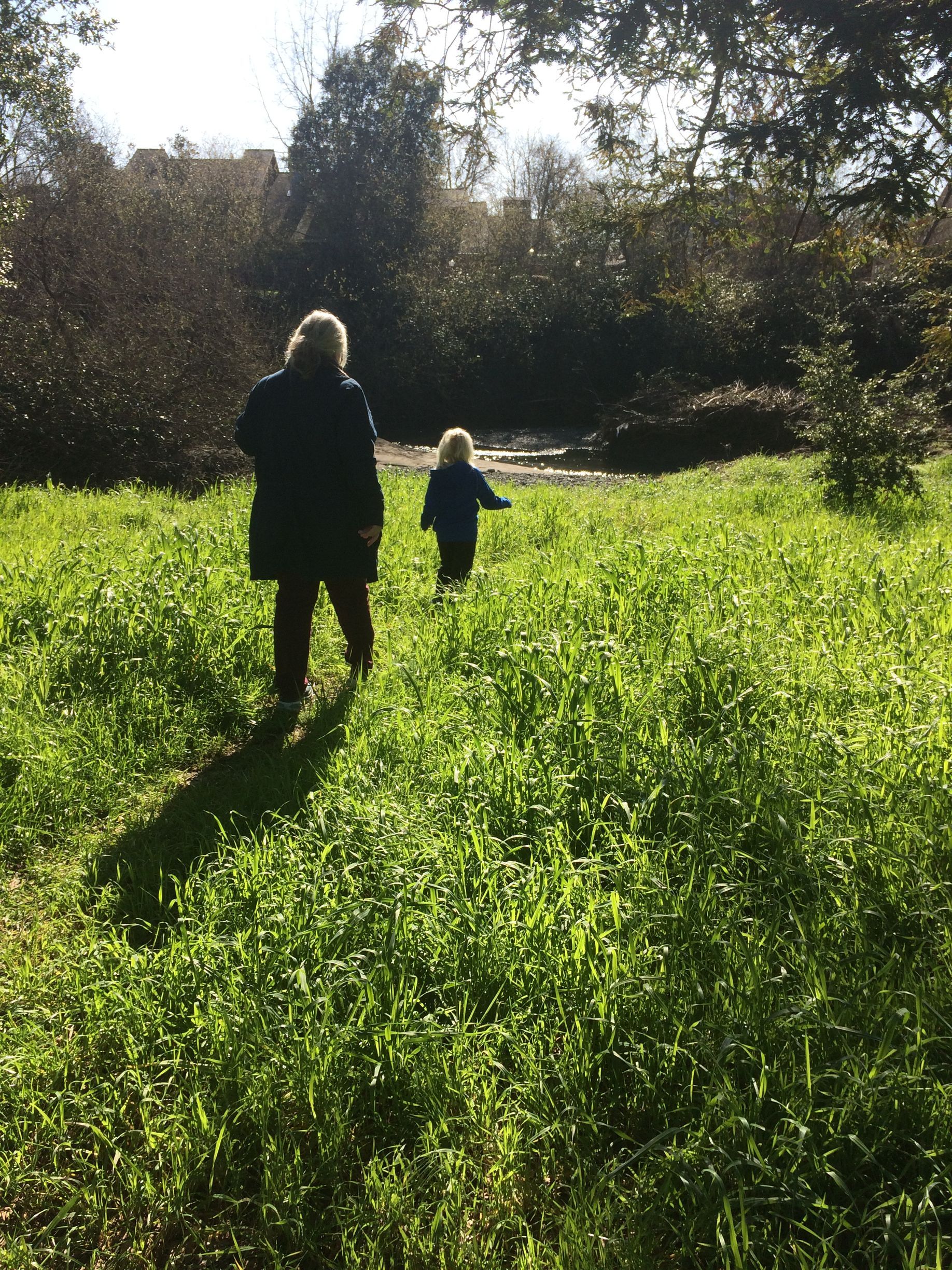By Meghan Brand
•
October 30, 2025
Each October, neighborhoods come alive with creativity — cobwebs on fences, pumpkins glowing, skeletons dancing in the wind. It’s one of the joys of living in a community that celebrates together. But in recent years, Halloween decorations have grown more elaborate and, at times, more graphic — life-sized monsters, severed limbs, bloodied scenes straight from a horror movie. Many are impressive feats of artistry. Yet it’s worth pausing to ask: how do these images land in the hearts and nervous systems of the children who pass them every day? What Gets Fired Together Gets Wired Together Our brains are designed to protect us. When we see something frightening, our amygdala fires — sending messages that say, “danger, stay alert!” In adults, the prefrontal cortex helps us calm down and remember it’s just pretend. But in children, that part of the brain is still developing. They can’t always tell the difference between a make-believe threat and a real one. The saying “what fires together, wires together” is neuroscience shorthand for how repeated experiences shape the brain. If a child walks past gory or threatening imagery every day, their brain may repeatedly fire the “fear” circuitry — and those neural pathways can strengthen. Even if they act brave, their body may quietly store the stress. The Hidden Costs of Fright Children process images differently than adults. Scary visuals can linger as intrusive mental pictures, showing up later as nightmares, restlessness, or heightened vigilance. Some kids may shrug it off; others may not sleep well for days. The American Academy of Pediatrics notes that young viewers often internalize horror imagery as real threat. And researchers have found that repeated exposure to violent or frightening visuals can increase anxiety or desensitize emotional response — depending on a child’s age, temperament, and support system. It’s not about blaming anyone. It’s about remembering that safety is the soil in which childhood grows. Seeing Through a Child’s Eyes Halloween brings out incredible artistry — creativity, humor, and craftsmanship that light up our neighborhoods. Many displays are stunning to look at, even awe-inspiring. Yet what’s thrilling for adults can feel very different to a child. Children process the world through their senses and emotions before logic catches up. Their nervous systems react first — their hearts race, their muscles tense, their imaginations fill in the story. They don’t yet have the cognitive filters we do. So while we might see “a clever spooky scene,” a young child might see something that feels real and unsettling. That’s why it helps to slow down and talk with them — maybe on a walk, maybe later at bedtime — about what’s pretend and what’s real. Asking how something made them feel, or inviting them to draw or talk about it, helps their brains integrate the experience and regain a sense of safety. When we can see through a child’s eyes, we widen our circle of awareness. Heeding the Children We can’t — and don’t want to — bubble-wrap childhood. Still, it helps to understand how a developing mind takes in the world around it — and how awareness itself can nurture resilience. That means: Watching for cues — does your child’s body tense up when they see certain images? Offering reassurance — “That’s just pretend. You’re safe.” Encouraging expression — through art, storytelling, movement, or cuddles. By noticing how our children respond, we strengthen trust and connection — the real roots of resilience. A Gentle Reflection Halloween is a season of imagination — of mystery, play, and shared creativity. For adults, the thrill of fear can be entertaining, even nostalgic. For children, those same images can stir something deeper, more embodied. When we pause to notice how differently our kids might experience what we take for granted, we practice awareness — not judgment. Each moment of attunement helps us stay connected to what matters most: our children’s sense of safety, belonging, and wonder. What gets fired together gets wired together — and with a little mindfulness, we can help wire memories filled with curiosity, laughter, and love.
